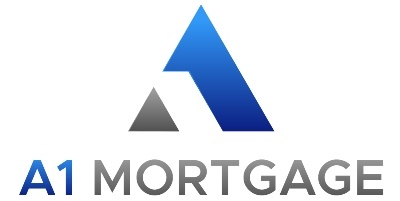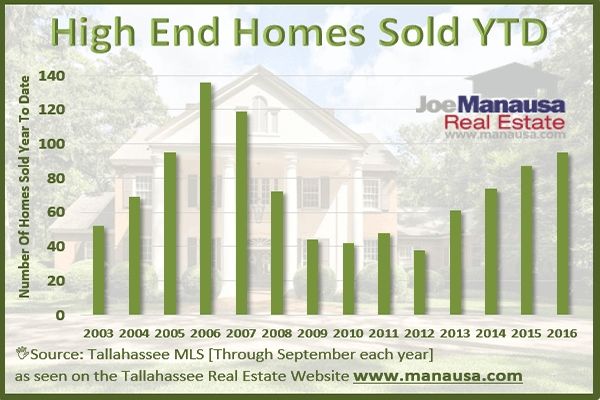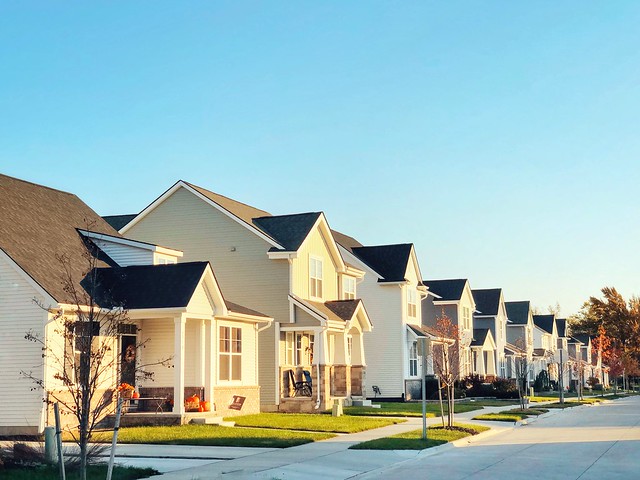Housing and Mortgage Trends to Watch In 2019
2019 is predicted to be a challenging year for home buyers. The competitions for homes due to short supply will continue and mortgage rates are likely to keep moving upward, limiting affordability. Our take on housing and mortgage trends to watch in 2019 is outlined in this post.
2019 is likely to bring some welcome developments for buyers and mortgage borrowers too. Builders are constructing more entry-level homes, lenders are gradually making it easier to qualify for a loan and first-time home buyers are getting the attention they deserve.
Here are a few housing and mortgage trends to watch for in 2019:
First-time buyers are the focus
The mortgage and real estate industries are focused on serving first-time homebuyers. Before the housing crisis, first-time home buyers took out about 40% of purchase mortgages. More recently the first-timer share has been about 60%.
First-timers have dominated the mortgage market for the past 10 years and will continue to lead the pack. 80% of the growth in home sales in the past three years has come from first-time buyers.
The reason is simple, they represent years of pent-up demand. Between 2007 and 2015 it’s estimated that roughly 3 million first-time home buyers delayed buying a home, and they’re reaching that age when they can no longer put off buying a home. They want to own their place to raise a family. This trend is predicted to continue for the next few years.
Shortage of homes for sale
Real estate has been a seller’s market for more than six years, meaning that there are more would-be buyers than homes for sale, sliding the balance of negotiating power in the sellers’ direction. It will remain a seller’s market in 2019.
A prolonged seller’s market is not the ideal situation for home buyers. But the forecast contains some hope: The number of homes for sale is expected to rise. The problem is that the pent-up demand is still expected to continue to exceed supply, even with more homes for sale.
Overconfident sellers could struggle
As mentioned above, 2019 will remain a seller’s market, where would-be buyers outnumber the supply of homes they can afford. But that doesn’t mean sellers should expect bidding wars from desperate buyers.
That’s especially the case with people who are selling homes that are priced above the median for their local market. First-time buyers dominate most markets, and they tend to shop for homes priced below the median. As a seller, if you’re in that above-median price point, you’re going to have to price competitively and offer incentives for buyers.
New homes get smaller
From a home buyer’s perspective, most markets need more houses for sale, and they need to be on the affordable end of the price scale. After all, many first-timers are buying starter homes with prices below the area’s median. There are signs that home builders are responding by building smaller, more affordable homes.
According to the U.S. Census Bureau, the median size of single-family homes started in the third quarter of 2018 was 2,320 square feet. That’s 4.9% smaller than the median size of new homes three years earlier, at 2,440 square feet. Year-over-year median prices for new homes began decelerating in spring 2018. At $309,700, the median price of a new home in October was 3.1% lower than the median new-home price 12 months earlier.
For many years, builders were focused on the $500,000-and-up market because the margins were healthier, but they’re starting to find now that there’s so much pent-up demand in the lower-end-priced market that they can sustainably offer communities and new construction.
Lending standards ease a little
Mortgage lenders learned an enduring lesson in the housing crisis a decade ago – be sure borrowers can repay their loans. So lenders tightened mortgage standards, partly on their own and partly in response to a regulatory crackdown on risky mortgages. These changes made it harder to get a home loan.
Gradually, they have been relaxing lending standards. Not drastically, but looser than it was a year ago. The relaxed standards come in the form of reduced documentation requirements, lower credit scores, and bigger loan-to-value ratios.
More borrowers choose ARMs
Whenever rates on fixed-rate mortgages go up, you’ll see more borrowers opting for adjustable rate mortgages. It happened in 2018 and it could continue into 2019.
Borrowers choose ARMs because the initial rates on adjustable mortgages are lower than the rates on fixed-rate mortgages. This gives borrowers lower monthly payments in the first few years. ARM borrowers take the risk that their rates and monthly payments could climb when the rate-adjustment period begins.
More borrowers have been accepting the risk. In October, 8.2% of mortgages were ARMs, according to Ellie Mae; 12 months earlier, ARMs had a 5.5% share of mortgages.
Getting an ARM can be a good strategy for borrowers who don’t plan to overstay the initial interest rate. A 3/1 ARM, for example, has a lower introductory rate that lasts three years and then adjusts annually afterward. Someone getting, say, a 5/1 ARM is betting that they’ll refinance or sell the home within five years or so before the rate potentially adjusts upward.
To explore your lending options in the New Year contact A1 Mortgage today!








